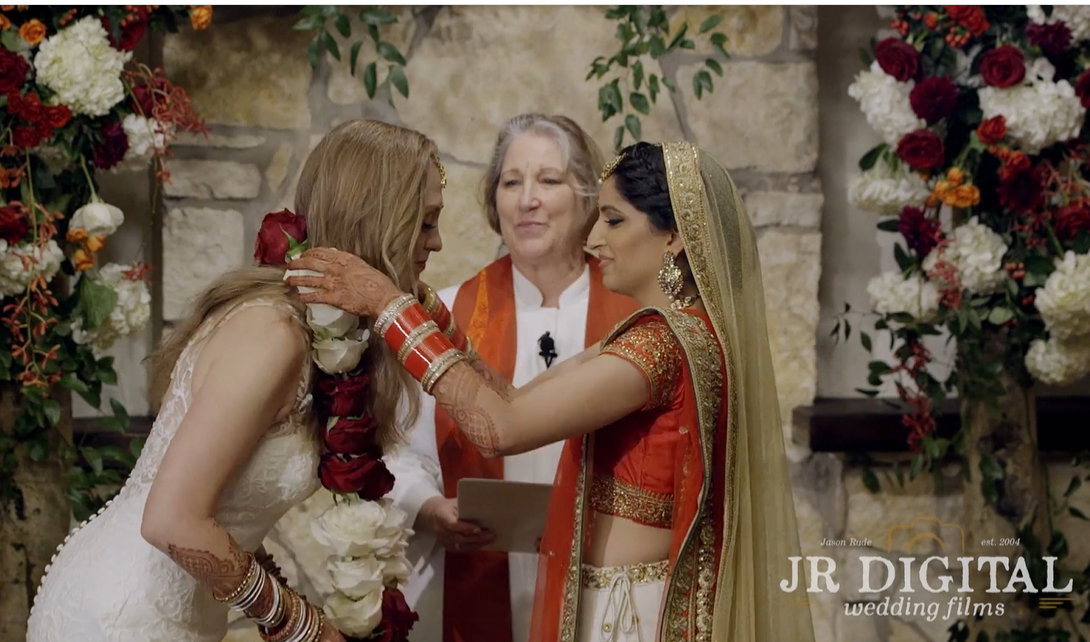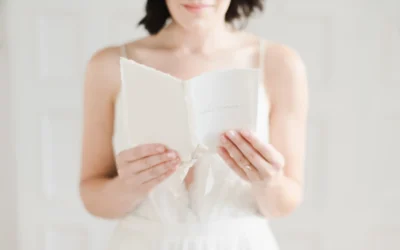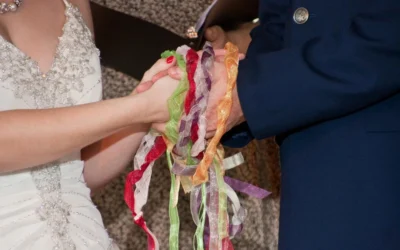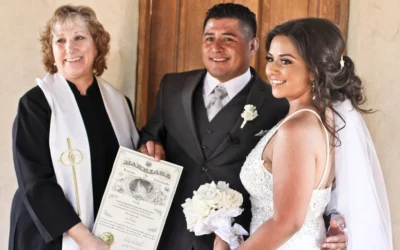Rev. Linda has had the honor of officiating at a number of East Indian wedding feasts in the Austin area. East Indian wedding customs are steeped in rich cultural traditions that have been passed down through generations. These weddings are vibrant, joyous, and deeply rooted in religious and family values. One of the most significant aspects of an East Indian wedding is the elaborate and colorful attire worn by both the couple. A bride typically adorns a stunning sari or lehenga, often in vibrant hues such as red, gold, or maroon, while a groom wears a traditional sherwani or kurta paired with a dhoti or churidar.
Another important ritual in these weddings is the Ganesh Puja, which is performed before any auspicious occasion. It involves the worshipping of Lord Ganesh, the remover of obstacles, to seek his blessings for a smooth and successful wedding ceremony. The presence of a mandap, a beautifully decorated canopy with a rug covering for the floor, is also common in East Indian weddings. Shoes are removed by all who will enter the mandap during the ceremony. It creates a sacred space where the couple exchange their vows and perform the various rituals.
The wedding ceremony is conducted by a holy person who recites holy verses from the sacred scriptures, while the couple and their families participate in various rituals. One such ritual is the Saptapadi, where the couple takes seven rounds around the sacred fire, each round representing a vow they make to each other. The exchange of garlands, known as the Jaimala, symbolizes acceptance and union between the couple.
Music and dance play a significant role in East Indian weddings, with lively and energetic performances by family members and friends. The Baraat processional usually begins the wedding ceremony, with the families and guests dancing toward the ceremony site, accompanied by a dhol drum. The popular folk-dance form known as the Bhangra is often performed during the festivities, accompanied by the beats of dhol drums. In addition, traditional musical instruments such as the sitar, tabla, and harmonium add a melodic touch to the celebrations.
Overall, East Indian wedding customs are a beautiful blend of rituals, colors, and traditions that celebrate love, unity, and the joining of two families. These customs not only create unforgettable memories but also serve as a testament to the rich cultural heritage of the East Indian community.




